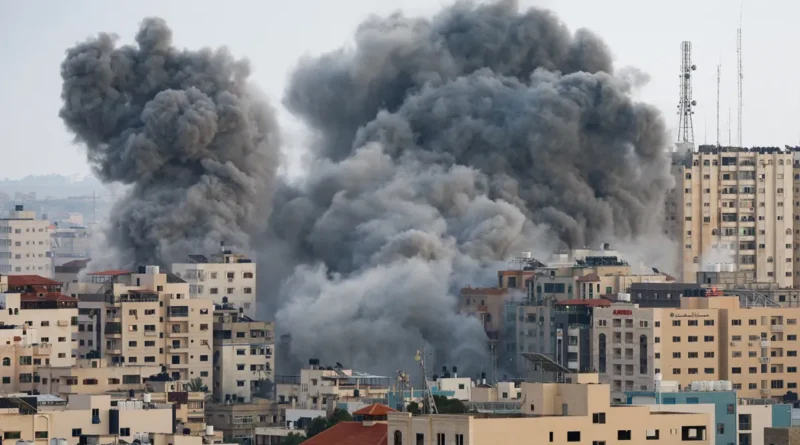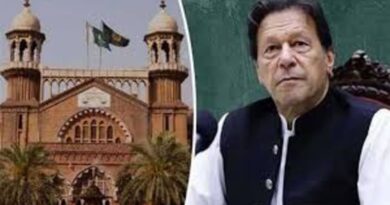Why Are Israel and Palestine Fighting Again? A 2025 Update
The Israel and Palestine fighting has once again captured global attention in 2025, prompting widespread concern, debate, and calls for peace. The conflict, which has spanned decades, continues to evolve with new layers of political, religious, and territorial tensions. But what exactly triggered this latest round of violence? And why is this historic conflict still unresolved?
This article aims to break down the key events, background, and ongoing developments behind the renewed fighting between Israel and Palestine in 2025.
A Brief History of the Conflict
To understand why Israel and Palestine are fighting again, it’s important to grasp the roots of the conflict. The tension between Jews and Arabs over land in the region dates back over a century, intensifying with the establishment of the state of Israel in 1948. What followed were multiple wars, forced displacements, and the occupation of Palestinian territories, particularly the West Bank and Gaza Strip.
Over the decades, the fighting has taken many forms—wars, uprisings (intifadas), airstrikes, blockades, and protests. Peace talks have occurred intermittently, but none have resulted in a lasting resolution.
What Triggered the 2025 Violence?
The renewed violence in 2025 is the result of several overlapping issues that reignited tensions between the two sides:
1. Escalating Tensions in East Jerusalem
The latest outbreak began with growing unrest in East Jerusalem, particularly around the Al-Aqsa Mosque compound—one of the holiest sites in both Islam and Judaism. In early 2025, reports surfaced of increased Israeli police presence and restrictions on Palestinian worshippers during Ramadan. This was perceived by many Palestinians as a violation of their religious rights and sparked large-scale protests.
Israeli authorities, citing security concerns and fear of riots, responded with force. Clashes broke out, injuring dozens and fueling anger across the West Bank and Gaza.
2. Settlements and Evictions
Israeli settlements in the West Bank continue to be a major point of contention. In late 2024 and early 2025, several controversial expansion plans were approved by the Israeli government, involving the eviction of Palestinian families from neighborhoods like Sheikh Jarrah.
The international community largely considers these settlements illegal under international law, though Israel disputes this. The evictions were met with widespread condemnation and sparked protests that turned violent, contributing to the renewed Israel and Palestine fighting.
3. Retaliatory Strikes and Rocket Attacks
Following the initial unrest in East Jerusalem and the West Bank, armed factions in Gaza, including Hamas, began launching rocket attacks into Israeli territory. In response, Israel launched targeted airstrikes against Gaza, hitting what it called militant infrastructure.
As usual, civilians on both sides bore the brunt. Buildings collapsed in Gaza, while Israeli communities near the border sought shelter from constant sirens. The death toll climbed, drawing the world’s attention and sparking global protests.
The Role of International Actors
The international community has once again been drawn into the conflict, with countries and organizations weighing in:
- United Nations: Called for an immediate ceasefire and investigation into civilian casualties.
- United States: The Biden administration, in its final term, condemned the violence but reaffirmed its support for Israel’s right to self-defense while urging restraint.
- Arab Nations: Egypt, Qatar, and Jordan pushed for de-escalation and offered to mediate between the parties.
- European Union: Expressed concern over human rights violations and called for a two-state solution.
Despite global pressure, neither side has fully backed down, and fragile ceasefires continue to be broken.
How Social Media Fuels the Flames
Unlike in previous decades, the 2025 iteration of the Israel and Palestine fighting is unfolding in real time on social media. Platforms like X (formerly Twitter), Instagram, and TikTok are flooded with videos, personal stories, and graphic images of the devastation.
While this helps raise awareness, it also contributes to misinformation and inflames tensions further. People across the globe are picking sides, sometimes based on emotional viral content rather than verified facts. The digital battleground has become nearly as intense as the physical one.
Humanitarian Crisis Deepens
With fighting escalating, a severe humanitarian crisis has taken root—especially in Gaza, where medical supplies are running low and electricity is sporadic due to damaged infrastructure. Thousands of families have been displaced, and aid organizations are struggling to access key areas due to ongoing hostilities.
Meanwhile, Israeli citizens living near Gaza face constant fear of rocket fire, with schools and businesses closed and bomb shelters in regular use. The psychological toll on both populations, particularly children, is immeasurable.
Why Is Peace So Difficult?
Many ask: if the international community wants peace, and both populations are suffering, why does the fighting continue?
The answer lies in a complex mix of political leadership, ideology, and lack of trust:
- Leadership Problems: Both the Israeli government and Palestinian factions are facing internal political challenges. Neither side wants to appear weak to their own people.
- No Unified Palestinian Authority: Gaza is ruled by Hamas, while the West Bank is governed by the Palestinian Authority. Their rivalry weakens Palestinian negotiating power.
- Israeli Security Concerns: Israel argues that giving up control of certain territories would endanger its citizens, especially if armed groups gain ground.
- Settlements and Borders: There is no agreement on where to draw the lines. Palestinians want East Jerusalem as their capital; Israel says it belongs to them.
- Right of Return: Millions of Palestinian refugees want the right to return to their ancestral homes in what is now Israel. Israel resists this, fearing it would alter the nation’s demographic makeup.
These issues are deeply rooted, emotionally charged, and politically fraught—making any long-term peace agreement incredibly difficult.
The Future: Is There Hope?
Despite the grim realities, there are still efforts being made toward de-escalation. Ceasefire talks are ongoing, and some grassroots peace initiatives continue to build bridges between ordinary Israelis and Palestinians.
Organizations on both sides are working to promote dialogue, education, and understanding. The hope lies in a new generation that sees the futility of war and believes in coexistence, even when their governments do not.
But as of now, the Israel and Palestine fighting in 2025 serves as another reminder of how unresolved tensions and political inertia can lead to tragic, repeated violence.
Conclusion
The question “Why are Israel and Palestine fighting again?” is not just about one incident or one year—it’s about decades of pain, distrust, and missed opportunities. The 2025 escalation is the latest chapter in a long, heartbreaking story that the world continues to watch, grieve over, and, in some cases, ignore.
Unless both sides—supported by honest, consistent international mediation—can find a way to address core issues like borders, sovereignty, and mutual recognition, the cycle is likely to continue. For now, all eyes remain on this volatile region, with the hope that peace isn’t permanently out of reach.




